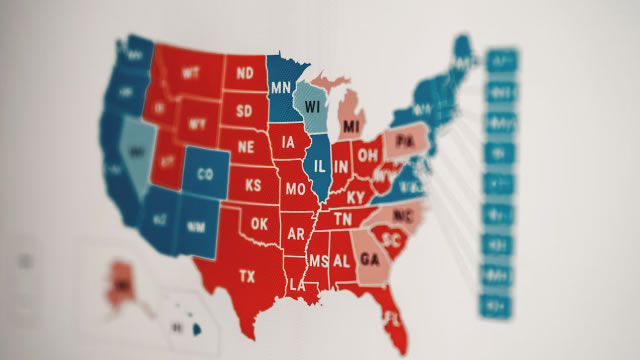Trump’s Automobile Tariffs: A Game-Changer in International Trade
As the clock ticks closer to 12:01 a.m. ET on Thursday, the looming specter of U.S. President Donald Trump’s 25% automobile tariffs continues to cast a long shadow over the global auto industry. The announcement, made official in a post published in the Federal Register, has sent shockwaves through the business community and beyond.
What Does This Mean for Consumers?
For American consumers, the potential impact of these tariffs is a complex issue. On one hand, there are concerns that the increased costs could lead to higher prices for new cars, as well as potential job losses in the auto industry. On the other hand, some argue that the tariffs could help protect domestic manufacturers and create jobs.
- Higher Prices: Economists estimate that the tariffs could add between $4,400 and $6,800 to the cost of an average new vehicle. This translates to a significant financial burden for consumers, particularly for those in the market for a new car.
- Job Losses: The tariffs could also lead to job losses in the auto industry, as some manufacturers may choose to move production outside of the United States to avoid the added costs.
- Protectionist Measures: Supporters of the tariffs argue that they are necessary to protect American jobs and industries. By leveling the playing field for domestic manufacturers, the tariffs could help create new jobs and stimulate economic growth.
A Ripple Effect on the Global Economy
The impact of Trump’s automobile tariffs is not limited to the United States. The global auto industry is interconnected, and the ripple effects of these tariffs could be felt far and wide. Some of the potential consequences include:
- Retaliation: Other countries, particularly those that export automobiles to the United States, may choose to retaliate with their own tariffs. This could lead to a trade war between the United States and its trading partners, with potentially devastating consequences for the global economy.
- Supply Chain Disruptions: The tariffs could also lead to supply chain disruptions, as companies scramble to find new sources for components and raw materials. This could lead to higher costs and longer lead times for manufacturers, which could in turn lead to higher prices for consumers.
- Economic Instability: The tariffs could contribute to economic instability, particularly in countries that are heavily reliant on the auto industry for exports. This could lead to currency devaluations, job losses, and even political instability.
A New Era in International Trade
As the deadline for the tariffs approaches, it is clear that this is a pivotal moment in international trade. The automobile industry is just the latest in a long line of sectors to be affected by Trump’s protectionist policies. Whether these tariffs will ultimately prove to be a boon or a bust for the United States and the global economy remains to be seen.
One thing is certain, however: the world of international trade is entering a new era, and the consequences are far-reaching and unpredictable. As consumers, businesses, and governments grapple with the implications of these tariffs, it is more important than ever to stay informed and adapt to the changing landscape.
Conclusion
In conclusion, the implementation of U.S. President Donald Trump’s 25% automobile tariffs is a complex issue with far-reaching consequences. While some argue that the tariffs will help protect American jobs and industries, others warn of higher prices for consumers, supply chain disruptions, and even a potential trade war. As the deadline for the tariffs approaches, it is clear that the world of international trade is entering a new era, and the consequences are uncertain but potentially significant.





